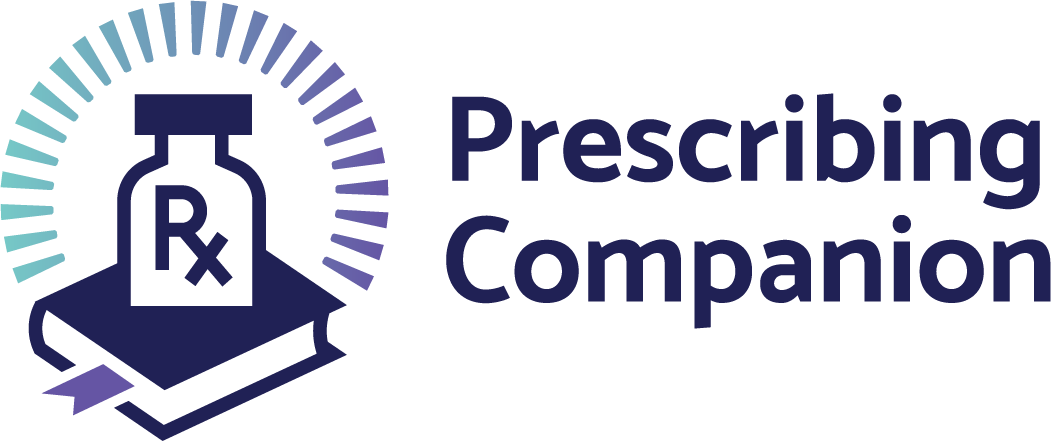Treatment
Treatment of tuberculosis should be based on the demonstration of the mycobacteria by both sputum smear histology and culture. Clinical and radiological findings of dual HIV/TB infection have changed. Identification of smear-positive cases should form the basis for treatment as these are cases responsible for continued transmission of infection. In the presence of a clinical picture, treatment may be started using standard treatment Directly Observed Therapy (DOTs). The basic principle underlying the treatment of tuberculosis is the use of multi-drug treatment regimen for a prescribed period to avoid the development of drug resistance. There is no place for the use of monotherapy in the treatment of tuberculosis nor for a trial of treatment.
Drugs
Treatment for tuberculosis is provided free of charge in all public health institutions. The basis of treatment for tuberculosis is the use of multi-drug treatment for 8 months. Directly Observed Treatment (DOTs) is the mechanism by which the supervision of each dose of the drug occurs, ideally by a member of the health care staff or by family, friends or community health workers.
Treatment is divided into an Intensive phase in which the patient should visit the clinic daily for review and medication for the first two months, followed by a continuation phase of 6 months whereby the patient visits the clinic once every 4 weeks to collect drugs.
Pyridoxine supplement of 50mg daily should be given throughout treatment and especially so in lactating and pregnant women.
Corticosteroids are indicated in meningeal and pericardial tuberculosis and should be started at the same time as antituberculosis therapy. There may be a need for pericardiocentesis in TB pericarditis.
For adults and children, treatment of tuberculosis has been classified into two categories as follows:
| Adults | Adults | Paediatrics | Paediatrics |
| Category I | Category II | Category I | Category II |
|
New smear positives (+) Smear negative (-) and extrapulmonary |
Smear + re-treatment cases including treatment failure, treatment after default, and relapses for smear-positive cases |
New uncomplicated cases of TB |
Re-treatment cases and severe, complicated TB. i.e., TB meningitis, miliary TB, spinal TB |
a) Recommended Adult Treatment Dosage
Category I: New smear-positive patients
| Weight in kg | Intensive Phase 2 Months | Continuation Phase 6 Months |
| RHZE | EH | |
| 30-37 | 2 | 1 |
| 38-54 | 3 | 2 |
| 55-70 | 4 | 3 |
| >70 | 5 | 3 |
R – Rifampicin, H – Isoniazid, Z – Pyrazinamide, E – Ethambutol, S – Streptomycin.
Category II: Smear positive re-treatment patients
| Weight in kg | Intensive Phase 3 Months | Continuation Phase 5 Months | |||
| 2 months | 1 month | ||||
| RHZE+S | RHZE | RHE | |||
| 30-37 | 2 | 0.5g | 2 | 2 | |
| 38-54 | 3 | 0.75g | 3 | 3 | |
| 55-70 | 4 | 1.0g | 4 | 4 | |
| >70 | 5 | 1.0g | 5 | 5 | |
Recommended Paediatric Treatment Dosage for Newly diagnosed, Uncomplicated Tuberculosis
| Weight in kg | Intensive Phase 2 Months | Continuation Phase 4 Months | |
| RH+Z | RH | ||
| 6-11 | ½ | ½ | ½ |
| 12-18 | 1 | 1 | 1 |
| 19-26 | 1½ | 1 | 1½ |
| 27-37 | 2 | 1½ | 2 |
| >38 | 3 | 2 | 3 |
Pregnancy and Breastfeeding:
The standard regimen (above) may be used during pregnancy and breastfeeding; Pyridoxine supplements are advisable. Streptomycin should not be given in pregnancy.
In exceptional circumstances, Ethambutol can be used in young children (e.g. drug resistance ). However, care is needed in young children receiving this drug because of the difficulty involved in obtaining reports of visual symptoms and in testing eyesight.
